Installation of Computer (Network) Sockets RJ-45 with Your Own Hands
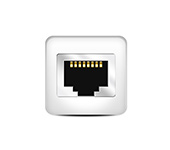
In this instruction I will show you how to connect a computer socket by yourself. We are talking about an RJ-45 network socket. These sockets are used to connect devices to a local Ethernet network. Now these sockets are not very relevant, as there is wi-fi, and almost every device has a built-in wi-fi module, or the ability to connect an external wireless module. So in most cases you can create a local network with Internet access without wires, connectors, sockets and all this. But nevertheless, many in houses, in apartments lay network cable, install network sockets and use them to connect different devices to the router, or modem. And in some cases it is better to use the connection exactly by cable, not by wi-fi.
The main trick is that connecting any device (be it a PC, TV, game console) to the router via cable will work much more stable and faster than connecting via wi-fi. There are often different problems with Wi-Fi: weak signal strength, low speed, something constantly disconnects, goes offline, etc. With cable everything is much simpler – connected and it works. You get 100 Mbps from the provider and the device will also get 100 Mbps from the router via cable. You can easily build a gigabit network, and at least in your home network you will have a speed of 1 Gbps between devices (provided that the router and the device (client) you have with gigabit ports).
Most often network outlets are used in the following scheme: in the process of repair is laid network cable (twisted pair category CAT5E) from the proposed place of installation of the router (most often it is a separate panel in the hallway, inside the apartment) in different rooms. Where approximately will be installed computers, TVs and other devices that will be connected to the Internet. Network outlets are usually installed next to regular outlets. But twisted pair should not be run together with electrical wiring (in the same conduit). At one end (near the router, or modem) the cable is crimped into an RJ-45 connector, and network outlets are installed in the rooms. Further to the router is connected to the Internet (cable from the provider) and Internet sockets (in LAN-ports ). After that, in different rooms of the house or apartment we get the opportunity to connect to the router by cable.
This is very relevant first of all for TVs. Yes, now almost all Smart TV sets come with built-in wi-fi. But it does not always work stably, many TVs do not support 5 GHz, and in the range of 2.4 GHz is usually not enough speed to watch video in high quality. It’s the same with game consoles. For personal computers, if you have them, I would also recommend running a network cable and putting in computer outlets. Especially if you like to play online games. Gamers will agree with me that the ping on the cable is usually lower and the connection is more stable.
Most often to lay network cables and connect outlets call professionals. I will not argue that the installation of the computer network they are likely to perform faster and better. But if you do not have a complex network, there is at least some experience and understanding of how it is all arranged and works, you can cope independently. And I will try to help you in this.
Preparing for the installation of a network socket
In this article, we will talk about recessed outlets, because there are still outdoor (for outdoor wiring, when the cable is not laid in the wall). But the order and the very scheme of connecting outdoor outlets is about the same. To begin with, you need to buy the computer socket itself. You can take any. If you want something better quality, beautiful and usually easy to install – do not save money (do not buy the cheapest). I have a socket Makel. Inexpensive. Something in the neighborhood of 130 UAH (340 rubles). There are many more good options from Schneider, Legrand, VIDEX, VIKO, Werkel, Lezard. There are double sockets, there are with frames and without them. Here’s mine:

To the outlet is laid twisted pair cable category CAT5E, or more advanced Cat.6. This is a four-pair shielded cable. The outlet must match the cable category. The outlet has this information on it. I have CAT5E cable and the socket is also CAT5E. The maximum cable length is 100 meters.
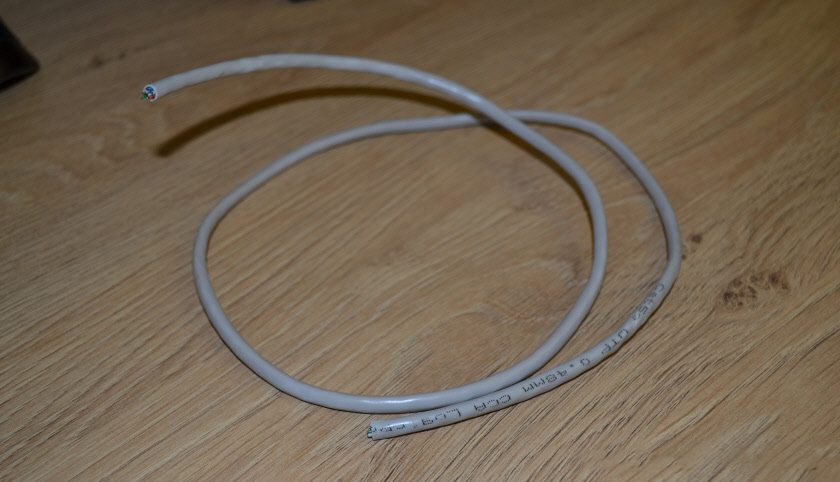
So on one side the cable is connected to a computer socket, and on the other side it is usually crimped into an RJ-45 connector, and connected to a router, modem, switch.

In this article, I will not write about how to crimp a network cable. We already have two instructions on this topic:
- How to crimp a twisted pair to RJ-45? Network cable with your own hands
- How to crimp a network cable without tools (screwdriver).
And this article may also come in handy: how to extend the Internet cable (network cable).
All this network equipment can be bought in specialized stores. Also computer sockets, network cable, connectors are usually sold in digital stores.
The network cable should be laid in the usual sub-socket. In which, after connection, our socket will be installed and fixed. If you have not yet laid the network cable, but are going to do it, then leave a reserve of cable. It is kind of recommended 1 meter. But it seems to me that this is a lot. I think 50 centimeters will be more than enough.
One more thing: the way of connecting the network socket may differ depending on the manufacturer. It is the very process of connecting the twisted pair and its fixation (clamping) in the socket module. To connect such sockets, a special tool is not needed.
How to connect a network outlet?
For ease of connection, you can pull the module out of the socket body itself, and after connection, insert it back in. In the case of my Makel outlet, you need to unscrew the bolt and remove the front cover. Then use a screwdriver to press down on the plastic latch and push the module out of the socket body. But it is not necessary to do this, you can connect the socket and assembled.
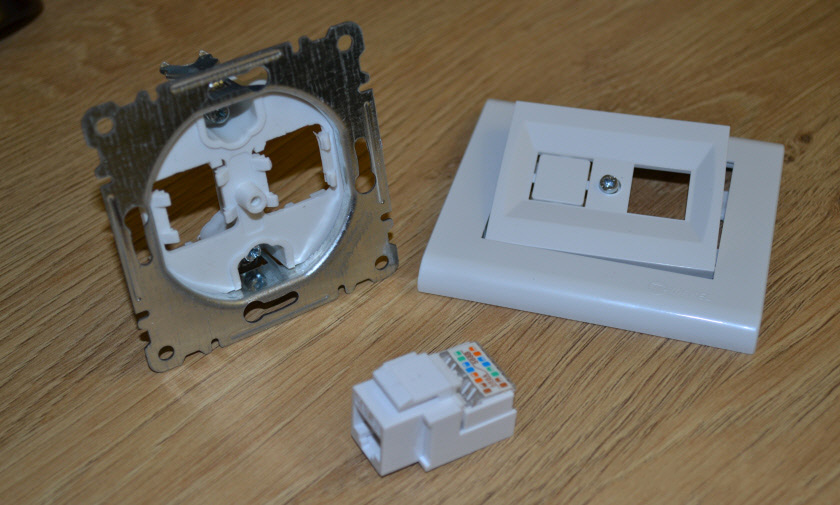
Next, remove the outer insulation from the cable. Approximately 4-5 centimeters.
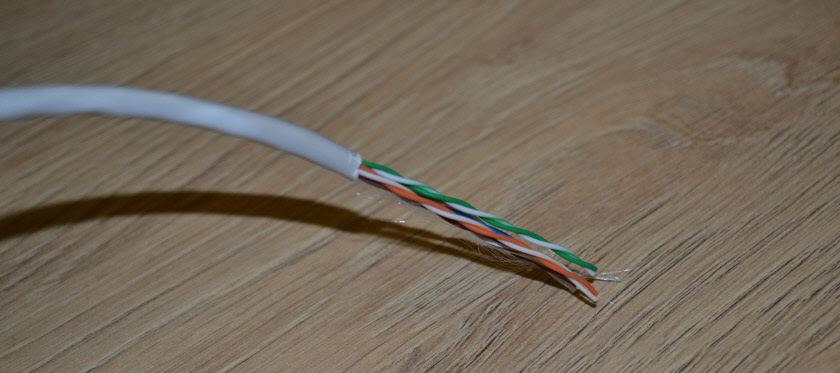
Unwind and align the wiring in accordance with the crimping scheme. The crimping scheme should be in the instructions with the socket and on the socket itself. There are two schematics: 568A and 568B. It is common to use 568B. You can read more about network cable crimping schemes in this article.

Next, on the socket (module) remove the fixing bar and fold back the plate that will clamp the contacts.

Insert the twisted pair wires into the holes in accordance with the crimping scheme and strongly clamp them with this cover. After that you can insert the fixing plate.

You can install the module back into the socket housing (if you removed it).
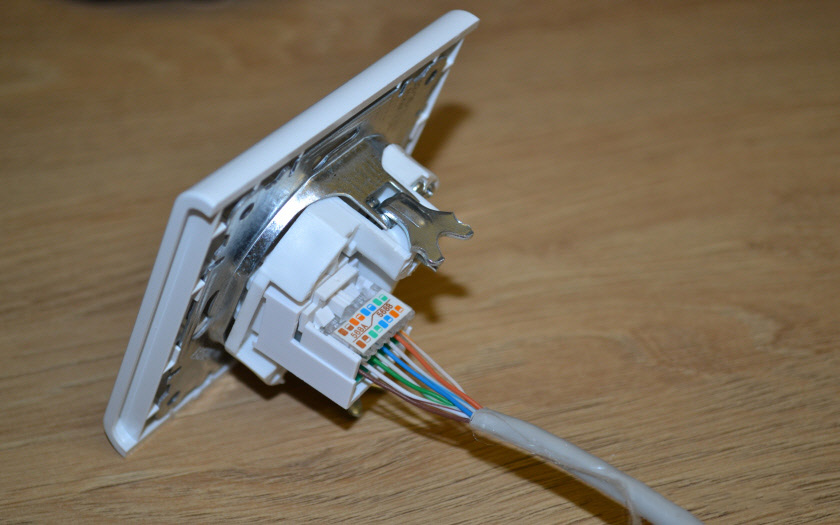
Everything is ready! You only need to hide the power cable in the socket, insert the socket there and fix it (like a normal socket, switch). Further to this socket you can connect devices. For example, a computer according to these instructions.
The whole process of connecting a computer socket is reduced to the fact that you need to insert the wires of the twisted pair in accordance with the crimping scheme and fix them. Nothing complicated. Be sure to leave comments!

 IS it Possible to Install A 5 GHZ MODULE, 802.11AC Institute of the Old One in the Wi-Fi Laptop?
IS it Possible to Install A 5 GHZ MODULE, 802.11AC Institute of the Old One in the Wi-Fi Laptop?  Where is the Wi-Fi password, IP address, MAC address, username and password written on the router
Where is the Wi-Fi password, IP address, MAC address, username and password written on the router 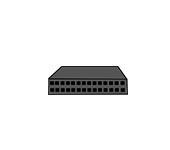 There is not enunch lan ports on a router or wi-fi mesh system. What to do?
There is not enunch lan ports on a router or wi-fi mesh system. What to do?  The Wi-Fi Internet Speed is Lower. Who sores the router Cut the Speed?
The Wi-Fi Internet Speed is Lower. Who sores the router Cut the Speed?